| |||||||||||||||||
556 voters 337 votes needed to win | |||||||||||||||||
|---|---|---|---|---|---|---|---|---|---|---|---|---|---|---|---|---|---|
| |||||||||||||||||
The 1947 Italian presidential election was undertaken to elect a provisional head of the Italian State.
| |||||||||||||||||
556 voters 337 votes needed to win | |||||||||||||||||
|---|---|---|---|---|---|---|---|---|---|---|---|---|---|---|---|---|---|
| |||||||||||||||||
The 1947 Italian presidential election was undertaken to elect a provisional head of the Italian State.
Enrico De Nicola submitted his resignation on 25 June 1947, officially for health reasons, but also to regain legitimacy after the annual term of the Constituent Assembly of Italy, to which even his term was tied, had expired. [1]
Enrico De Nicola, however, was still re-elected as Provisional Head of State on 26 June 1947. [2] From 1 January 1948 he assumed the title of President of the Italian Republic in accordance with the first final provision of the Constitution of Italy.
| Candidate | 1st Round | |||||
|---|---|---|---|---|---|---|
| Enrico De Nicola | 405 | |||||
| Pietro Nenni | 2 | |||||
| Giuseppe Salvatore Bellusci | 2 | |||||
| Cipriano Facchinetti | 2 | |||||
| Other candidates | -- | |||||
| Blank papers | 19 | |||||
| Invalid papers | 1 | |||||
| Voting | 431 | |||||
| Total | 556 | |||||
| Source: Parliament of Italy | ||||||

Enrico De Nicola, was an Italian jurist, journalist, politician, and provisional head of state of republican Italy from 1946 to 1948. Afterwards, he became the first president of Italy on 1 January 1948.

A constituent assembly is a body assembled for the purpose of drafting or revising a constitution. Members of a constituent assembly may be elected by popular vote, drawn by sortition, appointed, or some combination of these methods. Assemblies are typically considered distinct from a regular legislature, although members of the legislature may compose a significant number or all of its members. As the fundamental document constituting a state, a constitution cannot normally be modified or amended by the state's normal legislative procedures in some jurisdictions; instead a constitutional convention or a constituent assembly, the rules for which are normally laid down in the constitution, must be set up. A constituent assembly is usually set up for its specific purpose, which it carries out in a relatively short time, after which the assembly is dissolved. A constituent assembly is a form of representative democracy.

The president of Tunisia, officially the president of the Tunisian Republic, is the head of state of Tunisia. Tunisia is a presidential republic, whereby the president is the head of state and head of government. Under Article 77 of the Constitution of Tunisia, the president is also the commander-in-chief of the Tunisian Armed Forces. The incumbent president is Kais Saied who has held this position since 23 October 2019 following the death of Beji Caid Essebsi on 25 July 2019. 2022 Tunisian constitutional referendum turned Tunisia into a presidential republic, giving the president sweeping powers while largely limiting the role of the parliament.

Amintore Fanfani was an Italian politician and statesman, who served as 32nd prime minister of Italy for five separate terms. He was one of the best-known Italian politicians after the Second World War and a historical figure of the left-wing faction of Christian Democracy. He is also considered one of the founders of the modern Italian centre-left.

Nepal Ratna Girija Prasad Koirala, affectionately known as Girija Babu, was a Nepalese politician. He headed the Nepali Congress and served as the Prime Minister of Nepal on four occasions, including from 1991 to 1994, 1998 to 1999, 2000 to 2001, and from 2006 to 2008. He was the Acting Head of State of Nepal between January 2007 and July 2008 as the country transitioned from a monarchy to a republic.
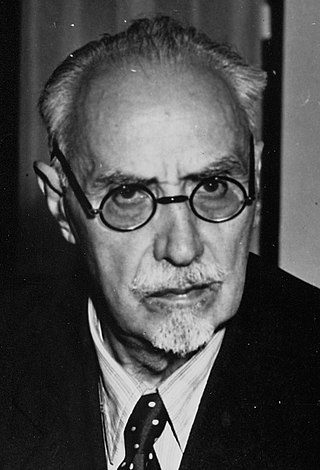
Ivanoe Bonomi[iˈvaːnoe boˈnɔːmi] was an Italian politician and journalist who served as Prime Minister of Italy from 1921 to 1922 and again from 1944 to 1945.
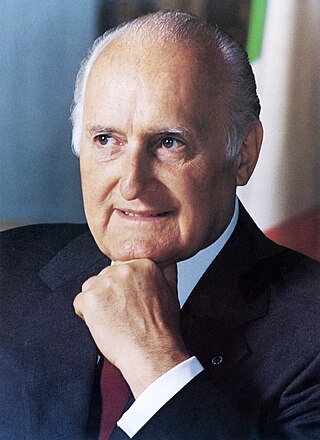
Oscar Luigi Scalfaro was the president of Italy from 1992 to 1999. A member of Christian Democracy (DC), he became an independent politician after the DC's dissolution in 1992, and was close to the centre-left Democratic Party when it was founded in 2007.

Enrico Letta is an Italian politician who served as Prime Minister of Italy from April 2013 to February 2014, leading a grand coalition of centre-left and centre-right parties. Since March 2021, Letta has been leader of the Democratic Party (PD).
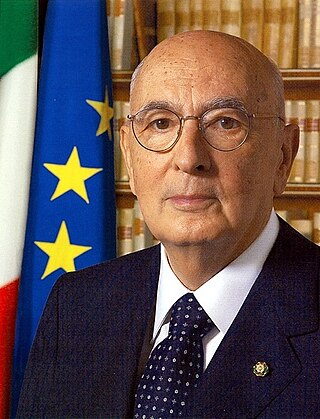
Giorgio Napolitano is an Italian politician who served as president of Italy from 2006 to 2015, the first Italian president to be re-elected to the presidency. Due to his dominant position in Italian politics, some critics have sometimes referred to him as Re Giorgio. In office from 2006 to 2015, he is the longest-serving and longest-lived president in the history of the modern Italian Republic, which has been in existence since 1946.

The Italian Constituent Assembly was a parliamentary chamber which existed in Italy from 25 June 1946 until 31 January 1948. It was tasked with writing a constitution for the Italian Republic, which had replaced the Kingdom of Italy after the 1946 Italian institutional referendum.
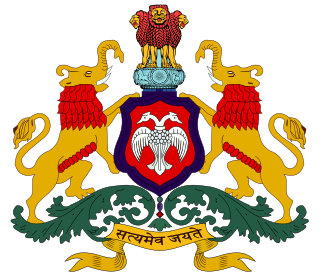
The Karnataka Legislative Assembly, formerly Mysore Representative Assembly, is the lower house of the bicameral legislature of the southern Indian state of Karnataka. Karnataka is one of the six states in India where the state legislature is bicameral, comprising two houses: the Vidhan Sabha and the Vidhan Parishad.

The Legislature I of Italy was the 1st legislature of the Italian Republic, and lasted from 8 May 1948 until 24 June 1953. Its composition was the one resulting from the general election of 18 April 1948.
Events in the year 2013 in Italy.

The 1946 Italian presidential election was undertaken to elect a provisional head of the Italian State on 28 June 1946.
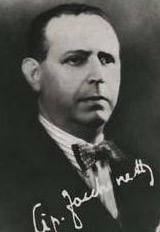
Cipriano Facchinetti was an Italian politician.
All Rome residents who are at least 18 years old and hold an EU citizenship are eligible to vote for the Mayor and the 48 members of the Capitoline Assembly, as well as for the President and the 30 or 40 members of the Council of the Municipality where they reside.

Ottavia Penna Buscemi was an Italian politician. She was elected to the Constituent Assembly in 1946 as one of the first group of women parliamentarians in Italy. Soon afterwards, she was the first woman to be nominated as a candidate to what would become the presidency.